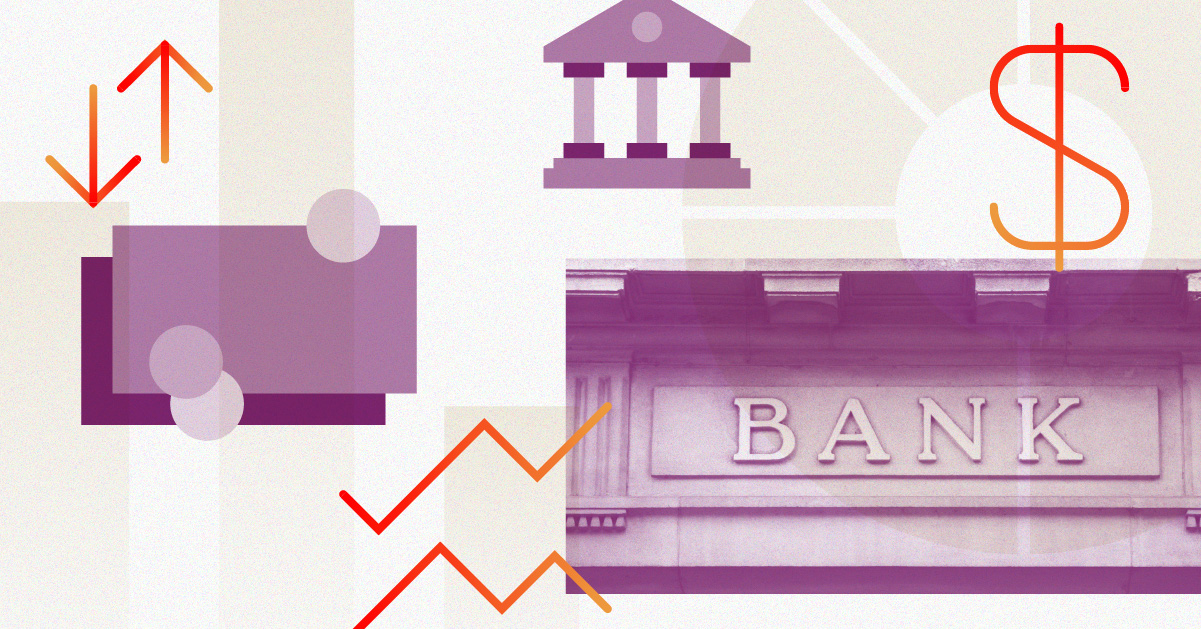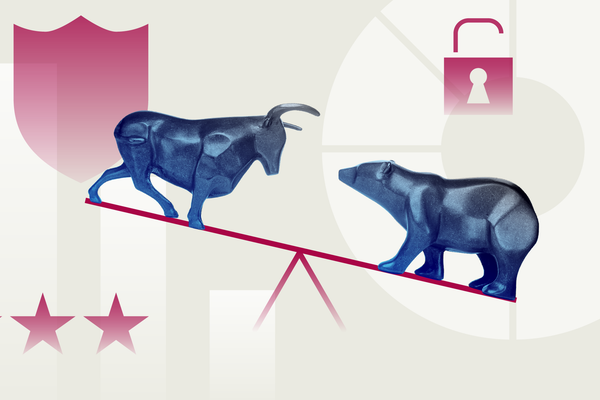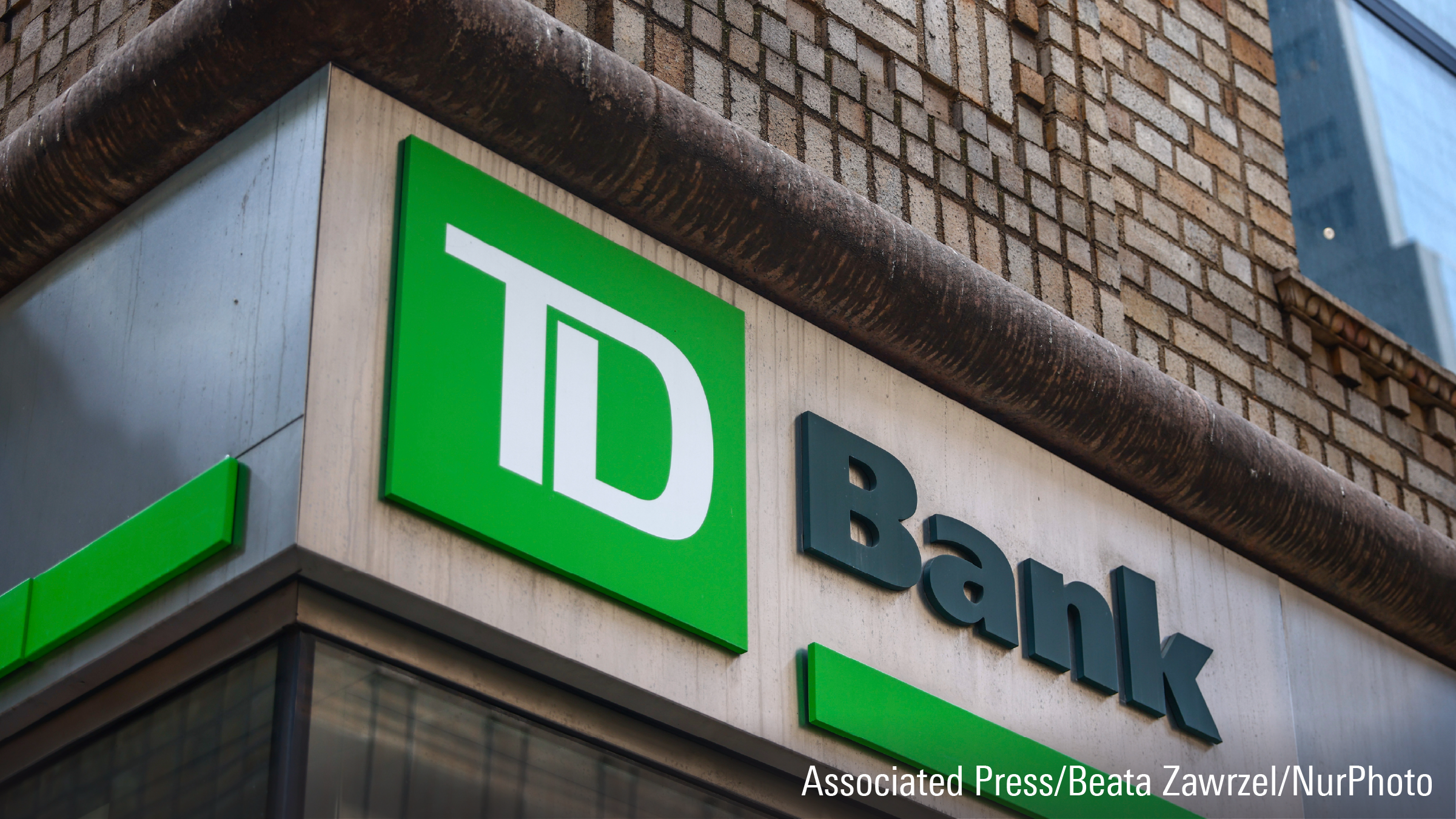
As growth stocks rallied after the 2020 pandemic-triggered crash through the end of 2021, many managers who bought them claimed, “This time, it’s different.” The rally was nothing like the speculative excesses of the late 1990s and early 2000s, they said, when the shares of any company whose name had a “.com” at the end garnered a lofty valuation, regardless of its profitability. Unlike the turn-of-the-century tech bubble, 2020′s and 2021′s high-priced companies were profitable and producing high levels of free cash flow.
Data suggests otherwise.
I collected individual portfolio holdings data from 1997 through the end of 2022 for all actively managed large-growth Morningstar Category funds with more than $500 million in assets. This covered at least 90% of the category’s actively managed assets in any given year. I also gathered company-level profitability and valuation data to examine the popularity of high-priced, money-losing businesses in each period.
Growth Managers Still Struggling
The data shows that in 2020 and 2021, growth fund managers behaved strikingly similar to their late ‘90s predecessors: They loaded up on unprofitable stocks after they had already run up in price—and paid for it.
Growth investing’s goal hasn’t changed in the last two decades. Growth managers still hunt for stocks that can become the next big thing. It’s a legitimate approach, but it gets dangerous when the market chases companies pursuing growth at any cost.
The dot-com bubble is a classic example of this phenomenon. Consider the emerging markets crisis and the collapse of Long-Term Capital Management in September 1998 and September 2000. The Vanguard Total Stock Market Index VTSMX—a good stock market proxy—gained a historically strong 50%. Over that same period, though, the unprofitable holdings in that index fund (held at market weights) rose 127% with minimal drawdowns.
An old witticism applies to the more recent period. While the 2020 to 2021 period did not repeat the 1998 to 2000 period, it certainly rhymed with it. From the market’s March 2020 through March 2021, Vanguard Total Stock Market gained an incredible 63%, yet its profitless constituents more than doubled those 12-month results, jumping 134%.
In both cases, the never-profitable companies crashed as quickly as they rose. The collection of yet-to-be-profitable stocks in the tech bubble collapsed more than 74% from their March 2000 peak through March 2001, while the overall market fell 24%. In the latest mania, profitless companies fell more than 64% from their February 2021 peak through December 2022, while the broad market slipped just 2%.
Growth Funds Also Fall For FOMO
Fund managers are like everyone else: They are vulnerable to behavioural biases and fear missing out on major trends. Watching peers who have gorged on profitless fare put up eye-popping returns tempts them to follow suit. They have career and reputational incentives to do so. If they jump on board the speculative rally and it proves fleeting, everyone goes down together and they can blame the losses on unexpected, exogenous shocks, like a war, interest rates, or inflation. But if they sit out and the trend persists, they might lag their peers, lose assets (and potentially compensation), and be forced to explain to clients how they missed a major market upswing.
The problem is, by the time most managers arrive at the party, it is usually wrapping up. In both the dot-com bubble and the rally after the pandemic lockdown, by the time most managers began buying the highflyers, their valuations were already through the roof. In September 1998, roughly 3.5% of all new stocks in large-growth funds were those of unprofitable companies, which was already above historic norms. But by September 2000, roughly one in every 10 new positions in those portfolios were in profitless companies, that, on average, were trading at nearly 4 times the levels of their profitable peers.
The pattern repeated in 2020 and 2021. The valuations of yet-to-be-profitable companies increased throughout the 2010s but spiked in 2020. By the end of the year, the U.S. stock market’s profitless companies were even more expensive than at the tech bubble’s peak and more than 8 times as pricey as their profitable peers. Yet growth managers still bought them. About one of every 12 new large-growth positions in June 2021 was in unprofitable stocks. So, while managers were perhaps slightly more disciplined in 2021 than their early 2000s investing ancestors, it wasn’t by much.
These were not small, immaterial portfolio holdings, either. By September 2021, nearly 4.5% of all large-growth category assets were invested in companies that had never turned a profit, up from 1.7% just two years prior. At the peak of the dot-com bubble, 4.4% of category assets were in yet-to-be-profitable companies.
The Hangover
In both periods, the market meted out the harshest punishment on managers who binged the most on speculative companies. In the dot-com bubble crash, funds holding the most profitless stocks fell much more than their peers who avoided them. Every one of the managers who avoided unprofitable stocks lost less than the Russell 1000 Growth Index’s 42% drop in that period However, nearly two-thirds of the funds that put more than 15% of their assets in yet-to-be-profitable companies lost more than the index, with the largest imbibers being smacked the hardest.
The results were extremely similar in 2022. Of the 210 large-growth funds in the study that entered 2022, none of the funds with more than 15% of their portfolios in unprofitable stocks topped the index. And 89% of the funds with 10% or more in profitless stocks lost more than the benchmark.
To be fair to 2020′s and 2021′s investors, low interest rates at the time arguably made them look relatively more rational than their late ‘90s counterparts, who operated in a higher interest-rate environment. Low rates, after all, made the present value of companies’ future earnings—even if they were far, far in the future—more valuable and, thus, their shares more attractive at higher prices. While theoretically true, valuations are not solely driven by discount rates. Earnings and growth projections are what really matter, and a discount rate can’t be blamed when investors are way off on growth assumptions to begin with.
Rather than trying to use interest rates as a crutch, perhaps a simpler explanation for manager behaviour makes the most sense. Mutual fund managers play a relative game versus their peers and benchmarks and have strong incentives and face heavy pressure to chase trends, even when it makes little fundamental sense, lest they look out of step or fall behind.




















